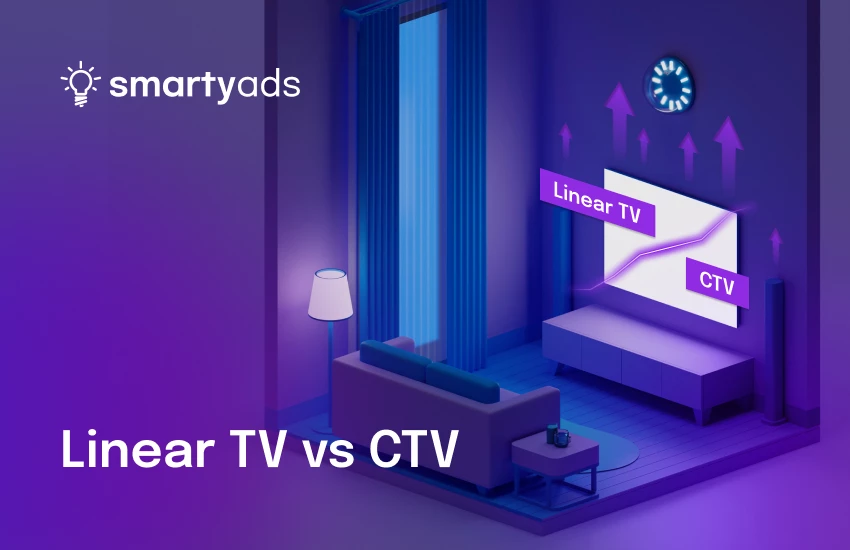Building a winning strategy for programmatic ads often feels like a complex puzzle where every choice and detail matters immensely. This is especially true for the look and feel of your banner ads – those crucial first impressions that can either kickstart a beautiful relationship with your audience or see them click away faster than you can say "engagement". It's a simple truth: eye-catching, high-quality ads tend to grab more attention and drive more interaction, which in turn, opens the door to wooing new clients. So, getting down to brass tacks on how to craft those perfect display ads for your online campaign is pretty much advertising gold.
One of the big decisions you'll face is picking the right ad format. Now, many marketers might play it safe with static display ads since they're straightforward and have a track record of doing the job. But here's an insider tip: depending on what you're aiming for with your campaign, giving your ads a bit of dynamism—a little life and movement—could actually make a world of difference. That's why understanding the ins and outs of static versus dynamic ads, and figuring out which one will make your product or service shine, is crucial. It's all about finding the best fit for your message, making it memorable, and really connecting with your audience.

What is a static ad?
Let us start with a static inventory definition and then move on to their pros and cons. Static display ads are just regular ads that do not include any additional media or moving elements. A typical ad of this format looks like a static banner that contains fixed content, such as text, visuals, and a call to action. They cannot be adapted to user behavior but can be united in the common ad carousel framed by the catchy description line.
When to Use Static Ads
Static advertising are best leveraged in scenarios where simplicity and clear messaging take precedence. They work excellently when targeting audiences who prefer straightforward information without the distractions of dynamic content. These ads are especially beneficial for conveying clear, concise messages in environments where internet connectivity is poor, as they load quickly and require less data. Static ads are also ideal for brand awareness campaigns where visual consistency across various platforms is key.
Additionally, they are a great choice for businesses with limited resources for creating more complex, dynamic ads.
Best Strategies for Static Ads
1. Focus on High-Quality Imagery: Since static advertising lack the motion and interactivity of dynamic ads, it's crucial to use high-quality, captivating imagery that grabs attention.
2. Clear and Concise Messaging: With limited space, your message needs to be straightforward yet powerful enough to engage the viewer and prompt action.
3. Targeted Call to Action: A clear and compelling call to action (CTA) is essential. Tailor your CTAs to match the specific desires and needs of your target audience.
4. Test Different Designs: Experiment with various designs, layouts, and messaging to see what resonates best with your audience. A/B testing can provide valuable insights into what works best.
5. Leverage Brand Identity: Ensure that all ads are consistent with your brand's visual identity and values. This builds recognition and trust with your audience over time.
Key Metrics for Static Ads
To gauge the effectiveness of static ads, consider the following key metrics:
1. Click-Through Rate (CTR): Measures the percentage of users who clicked on the ad after seeing it. A high CTR indicates effective ad engagement.
2. Conversion Rate: Tracks how many of the clicks on your ad lead to actual conversions, aligning closely with your campaign goals (e.g., sales, sign-ups).
3. Cost Per Click (CPC): Evaluates the cost-effectiveness of your ad campaign by dividing the total cost of the ads by the number of clicks received.
4. Impressions: The total number of times your ad was displayed, giving you an idea of its reach.
5. Engagement Rate: Although more relevant for dynamic content, for static ads, this could relate to any interactions possible within the ad's context (e.g., likes, shares on social platforms).
Here are some of the main benefits of static image advertising:
- Universality. Most ad networks accept static ads as they are easy to display both on desktop and mobile devices. They can also be used for any type of business goals within any industry which makes this format pretty universal. Such ads require great accuracy, but if done well they can serve almost any purpose.
- Convenience. Static ads are among the easiest to create, especially if we talk about static banner ads. Usually, you don’t need a lot of technical expertise to produce and publish an ad. Moreover, as their content is always stable, there is no need for further maintenance or control.
- Easy to control. For the cases where the content should be highly regulated the good news is that static ads are impossible to alter once they are finished and displayed. Typically users can only view or click on an ad, but cannot change it in any way, so there is no need to worry about your content.
When it comes to downsides of static ads, there is a couple to mention:
- Limited creativity. With a small static banner and a short text on it, there’s not much space for creativity compared to newer formats. This limit also impacts personalization which is harder to achieve with static formats.
- Lack of interaction. A flip side of easy maintenance is a lack of interaction with users. An ad communicates information to the user, but there is little to no way for users to respond to it.

How to use static ads?
Static display ads often appear in the form of images, videos, or animation, but their main common feature is that every user receives the same set of ads which can be considered one event. Although sometimes limiting, static ads are still a great way to get people to your app or landing page. They are especially useful for generic offers - like static ad example: Black Friday discounts or Christmas gifts.
Static content examples include:
- banners (including gif banner) and PPC ads;
- eBooks and whitepapers;
- social media ads and profiles;
- simple video ads and one-way webinars;
- pages on your website.
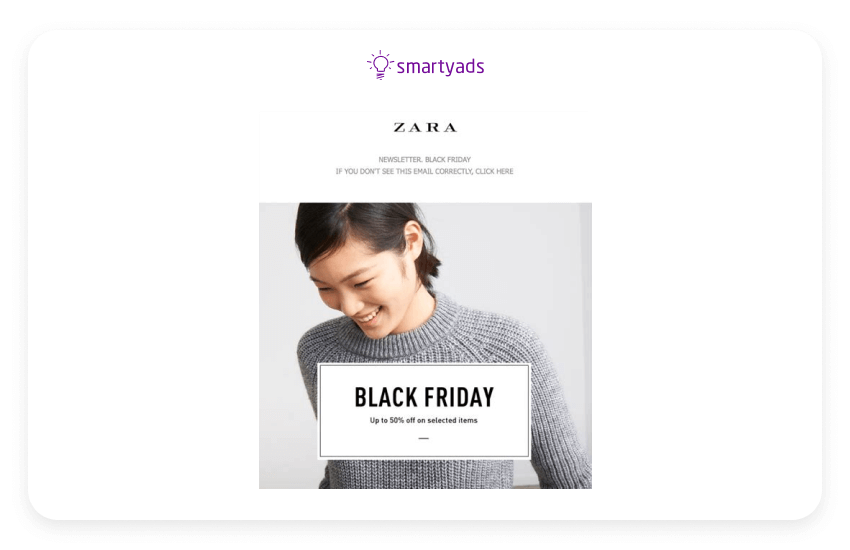
What is dynamic ads?
Perhaps the main idea of dynamic ads definition is that they vary depending on the available sets of data. Dynamic advertising is centered around reaching a specific target audience persona and serving the most relevant messages to them. This means that users can affect interaction with these ads. Plus, the elements on ad units can change according to the viewer.
In general, dynamic ads are created based on user behavior, these ads are often used for retargeting. The changing elements can be products, prices, discounts, and many others.
When to Use Dynamic Ads
Dynamic ads are best suited for campaigns targeting users based on their online behavior, interests, or past interactions with your website or app. These ads are particularly effective for retargeting campaigns aimed at users who have viewed specific products or services but haven't made a purchase, encouraging them to complete the transaction. Dynamic ads also work well for companies with large inventories, enabling them to showcase the most relevant items to each individual user. Additionally, they are useful in seasonal promotions or for pushing time-sensitive offers, automatically updating based on the availability or relevance of the promoted items.
Best Strategies for Dynamic Ads
1. Understand Your Audience: Know the behaviors or actions that should trigger personalization.
2. Maintain High-Quality Visuals and Updated Catalogs: Ensures that your ads are always appealing and accurate.
3. A/B Testing: Helps in identifying the most effective creative elements or messaging for your audience.
4. Tailored Calls to Action: Customize based on the user's stage in the purchasing funnel for better conversion rates.
5. Continuous Performance Analysis: Refine targeting and ad components based on performance data for ongoing optimization.
Key Metrics for Dynamic Ads
1. Click-Through Rate (CTR): Measures the initial attraction to your ad.
2. Conversion Rate: Indicates how well your ad drives the desired user action (e.g., purchase).
3. Cost Per Action (CPA): Assesses the cost-effectiveness of achieving specific outcomes like sales.
4. Return on Ad Spend (ROAS): Provides insight into the financial return of your campaigns.
5. Engagement Metrics: Likes, comments, and shares show how users interact with your ads beyond just viewing them, revealing their impact on brand awareness or loyalty.
The benefits of dynamic ads are extensive, but here are some of them:
- Great performance. Due to the fact that a typical dynamic ad targets users with highly customized messages, they often get better click-through rates. If done right, relevant content provided by dynamic ad campaigns is always highly appreciated by your audience.
- Brand loyalty. The more relevant your offers to the needs of your users the more likely they will come back. Therefore, dynamic ads incorporated into a customized retargeting campaign increase brand loyalty.
- Higher visibility. Not only your potential customers can appreciate the relevance and customization of your campaign - but search engines also positively respond to dynamic advertising. In fact, you can even launch a DSA campaign (which stands for dynamic search ads) to maximize the results.
Although dynamic inventory might seem like the best choice now, there are still some issues to note:
- More effort. To create a successful auto-target dynamic campaign one has to spend lots of time and effort. Moreover, such a campaign also requires better expertise which may pose a serious challenge for advertising newbies.
- More money. Similarly, developing strategies for each persona and producing relevant content is naturally more expensive compared to one set of ads for all viewers.
How to use dynamic ads?
Due to larger flexibility, dynamic ads are certainly a great choice for industries with a lot of changes, such as for instance e-commerce. They are also a useful tool for companies with broad audiences, as well as those currently focused on retargeting. Nevertheless, it is important to remember that these are much more demanding formats, as they require expertise and lots of data for personalization.
Let us now review some dynamic content examples:
- some blogs and RSS feeds;
- social media feeds;
- smart websites;
- personalized emails;
- dynamic search advertising;
- native advertising.
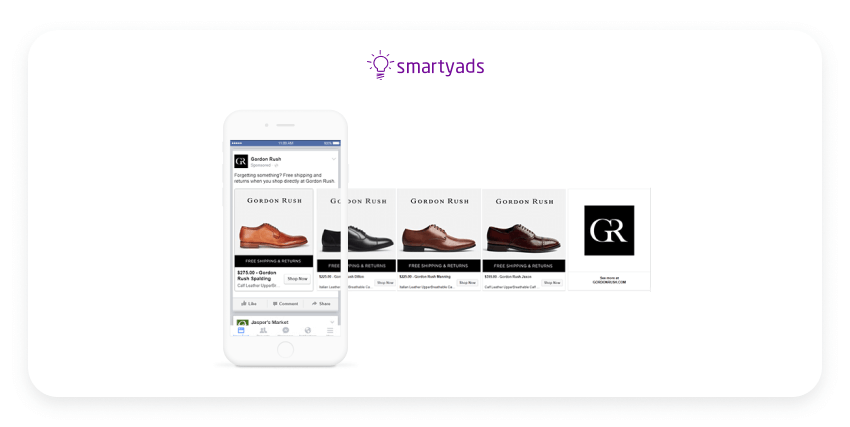
Dynamic ads vs static: which ones are better?
When it comes to choosing the right type of ads for your brand, there is really no universal receipt. Businesses with smaller product range may find it easier to choose static ads, while those offering a wide range of services can opt for dynamic ads. However, it is always up to your specific business needs and you can always consult the following table to ease your decision:
| Aspect | Static Ads | Dynamic Ads |
| Content | Fixed content that doesn't change | Variable content tailored to |
| Personalization | Low, same ad for all viewers | High, personalized content for each viewer |
| Setup Complexity | Simple, quick to create and implement | Complex, requires integration with databases |
| Cost | Lower, as it involves less production effort | Higher, due to dynamic content generation |
| Performance Tracking | Basic analytics (clicks, impressions) | Higher, due to dynamic content generation |
| Adaptability | Not adaptable to user behavior or preferences | Highly adaptable based on real-time data |
| Relevance | Generally less relevant to individual users | Highly relevant to each user's interests |
| Engagement | Potentially lower engagement | Higher engagement due to personalized content |
| Maintenance | Low, minimal updates required | Higher, regular updates to maintain relevance |
| Flexibility | Limited flexibility in terms of content change | Highly flexible, can change content dynamically |
| Usage Scenarios | Best for branding and simple campaigns | Best for e-commerce, retargeting, and personalized offers |
To conclude
Both standard vs dynamic ad groups can be an important part of your programmatic advertising campaigns. However, there are some differences between the two - static ads are more convenient and universal, as they don’t change over time and are especially valuable for general campaigns. At the same time, dynamic ads often show better performance due to more advanced targeting opportunities. All in all, it is always up to your brands’ specific needs, as both types can give great results when applied correctly.
Reach your business goals with static and dynamic ads on SmartyAds DSP!
FAQ
Performance often depends on audience behavior and campaign goals. A/B testing with both static and dynamic ads is a reliable way to see which format resonates most, and reviewing past campaign data can provide insights into what your audience engages with.
Yes! Platforms like SmartyAds DSP allow you to launch and manage both static and dynamic ad campaigns simultaneously, making it easier to optimize targeting, creative rotation, and reporting in one place.
Yes—e-commerce, travel, and subscription services often benefit from dynamic ads because they can deliver personalized recommendations, retarget past visitors, and highlight changing promotions efficiently.
Beyond basic CTR and CPC, consider conversion rates, customer lifetime value, and engagement metrics. Dynamic ads often provide higher ROI for personalized campaigns, but static ads can offer cost-effective results for broader audience reach.

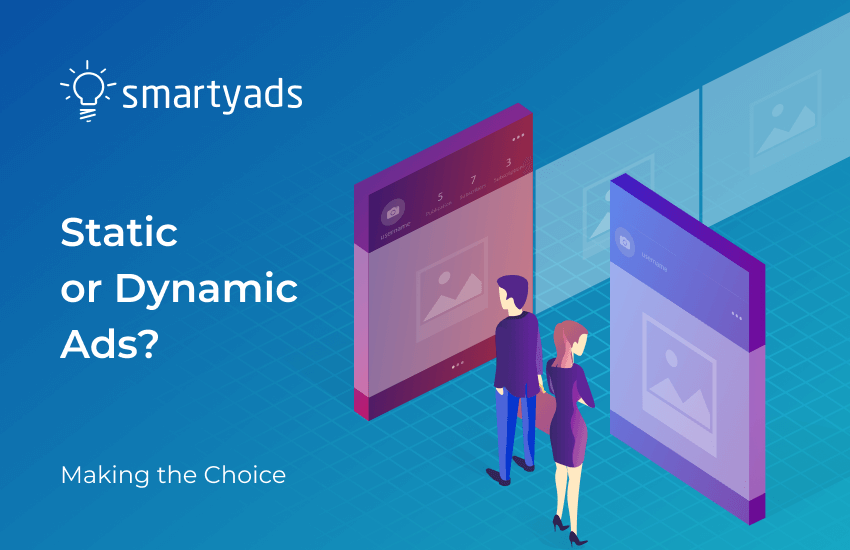
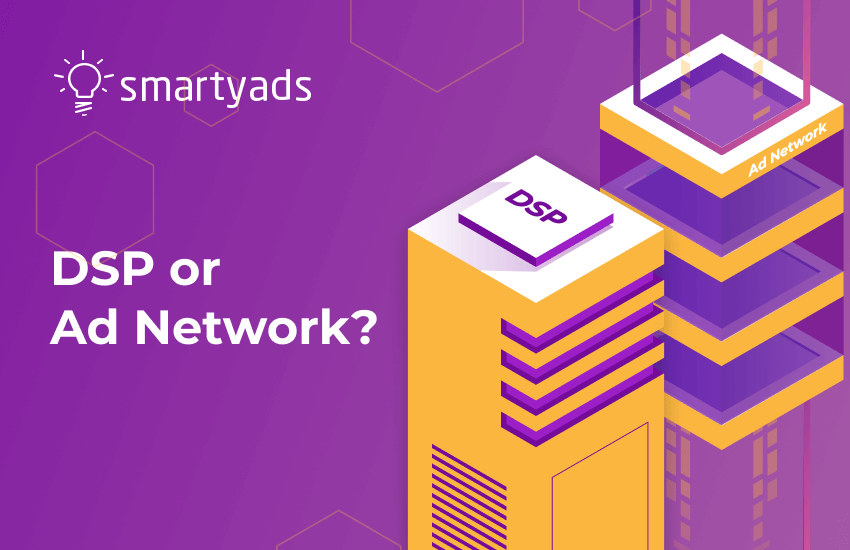
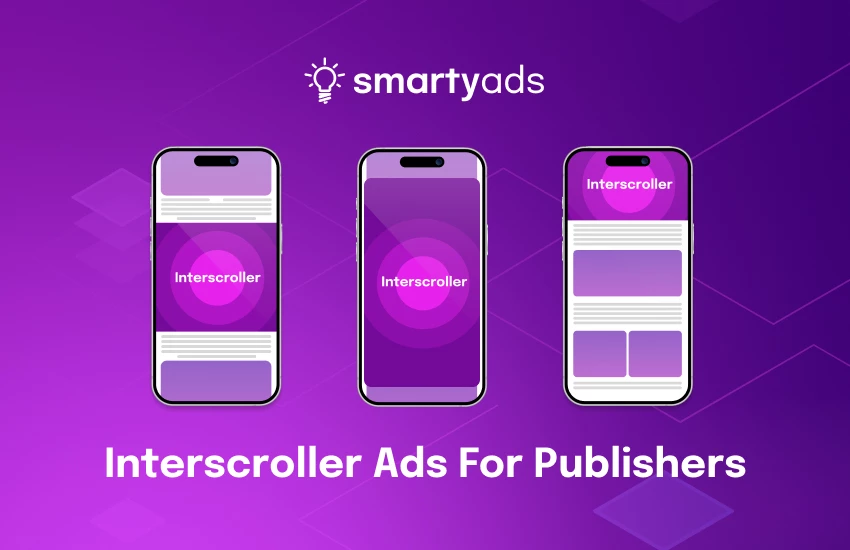
 (1).webp)
